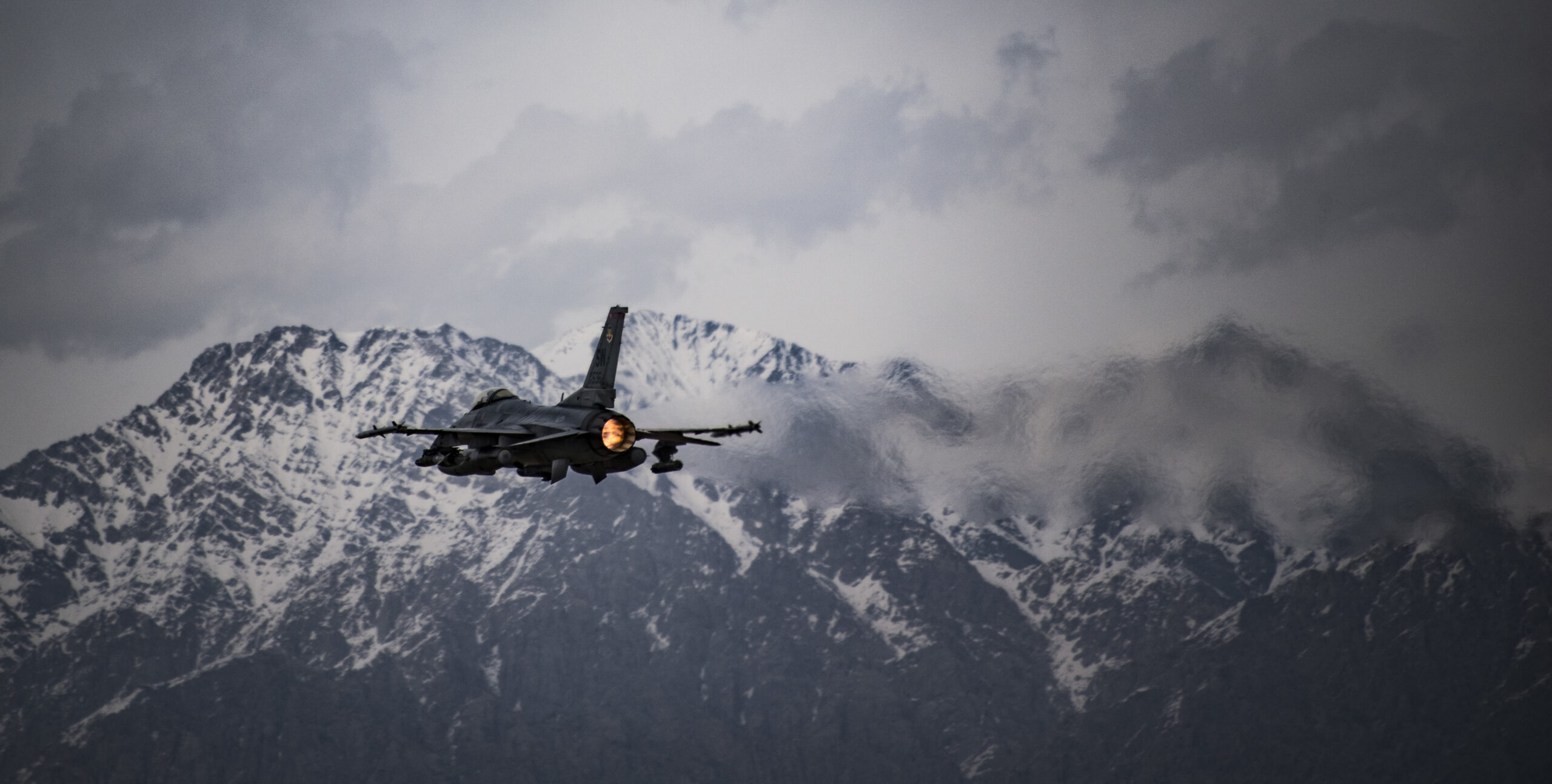Artificial Intelligence just flew an F-16 Fighting Falcon for the US military

U.S. Air Force F-16 Fighting Falcon. (U.S. Air Force Courtesy Photo Edited by Tech. Sgt. Gregory Brook)
SUMMARY
While much of the public talk about artificial intelligence has been centered around ChatGPT, AI art, and whatever else is popular on TikTok these days, the U.S. military has quietly been developing intelligence that can pilot an F-16 in simulators. Now, the Department of Defense has taken the AI out of the simulator and made it work in a real F-16 Fighting Falcon.
The Defense Advanced Research Projects Agency, or DARPA, program known as Air Combat Evolution (ACE), began work in 2019 to create scalable, human-level artificial intelligence that could be autonomous in air combat. Specifically, DARPA was hoping to develop human-machine collaboration for dogfighting.
By August 2020, the ACE system was flying AI-controlled F-16s against each other in simulator dogfights. Eight companies developed AI technology capable of air combat, and DARPA pitted each against one another. Maryland-based Heron Systems dominated the field, defeating each in turn. Eventually, Heron Systems’ AI graduated to flying against an experienced human F-16 pilot flying a similar simulator and defeated the human.
“This was a crucible that lets us now begin teaming humans with machines,” Col. Dan “Animal” Javorsek, program manager in DARPA’s Strategic Technology Office, said. “We hope to demonstrate a collaborative relationship with an AI agent handling tactical tasks like dogfighting while the onboard pilot focuses on higher-level strategy as a battle manager supervising multiple airborne platforms.”
In December 2022, the ACE developers uploaded a number of AI algorithm into a specially converted F-16. The test aircraft is called the X-62A or VISTA (Variable In-flight Simulator Test Aircraft). The X62-A is a modified, two-seat F-16 that can actually simulate multiple aircraft types.
DARPA partners EpiSci, PhysicsAI, Shield AI, and the Johns Hopkins Applied Physics Laboratory all came to the test with their own AI algorithms, and each was uploaded to the X62-A in turn. Each of them were able to fly the aircraft without difficulty or incident. There was even a test pilot aboard the craft to ensure a human could retake control if necessary.
“We conducted multiple sorties with numerous test points performed on each sortie to test the algorithms under varying starting conditions, against various simulated adversaries, and with simulated weapons capabilities,” said Lt. Col. Ryan Hefron, the DARPA program manager for ACE. “We didn’t run into any major issues but did encounter some differences compared to simulation-based results, which is to be expected when transitioning from virtual to live.”
At the Air Force Test Pilot School at Edwards Air Force Base, California, the AI plane flew multiple sorties over a series of days. The test runs proved that AI agents can control a full-scale fighter jet and provide valuable flight data to defense-related organizations.
Test pilots are also measuring how well the AI pilots can perform in a dogfight while the human pilot is focused on larger battle management tasks in the cockpit, which means the AI is fighting enemies within visual range (dogfighting) while the pilot is doing something unrelated to the enemy plane trying to kill him.
The key performance indicator is trust, and test pilots are being monitored for their physiological responses by mediators on the ground. This ensures the pilot can just say he or she trusts the AI to fight the battle, it’s hard to hide a spike in blood pressure.
Though the AI has been used in simulated dogfighting, it has not been used to test air combat operations in real life – yet.
SHARE
